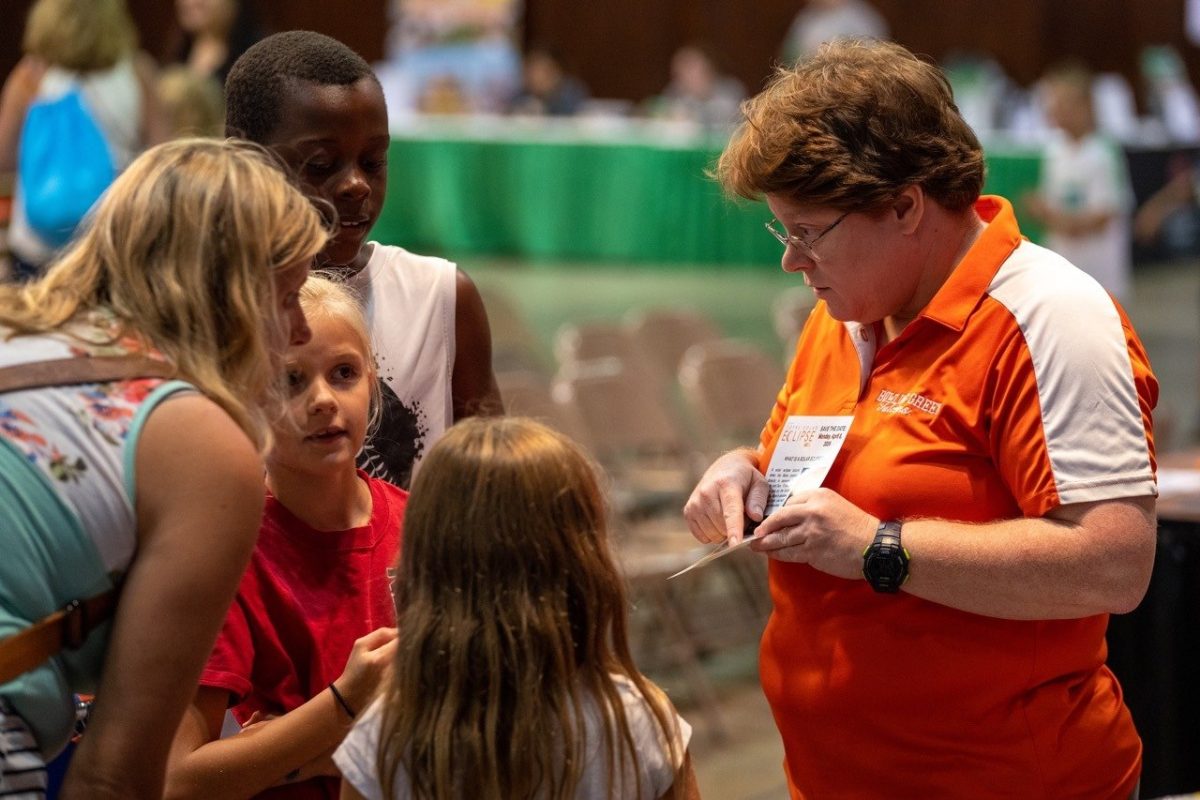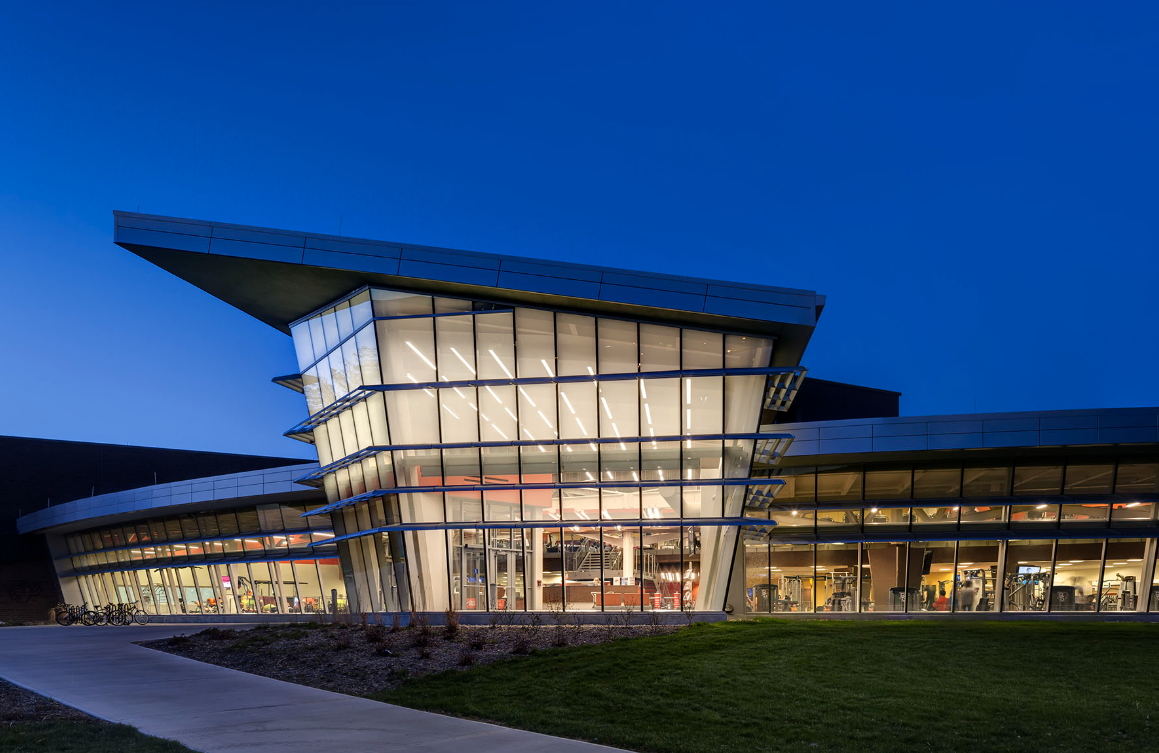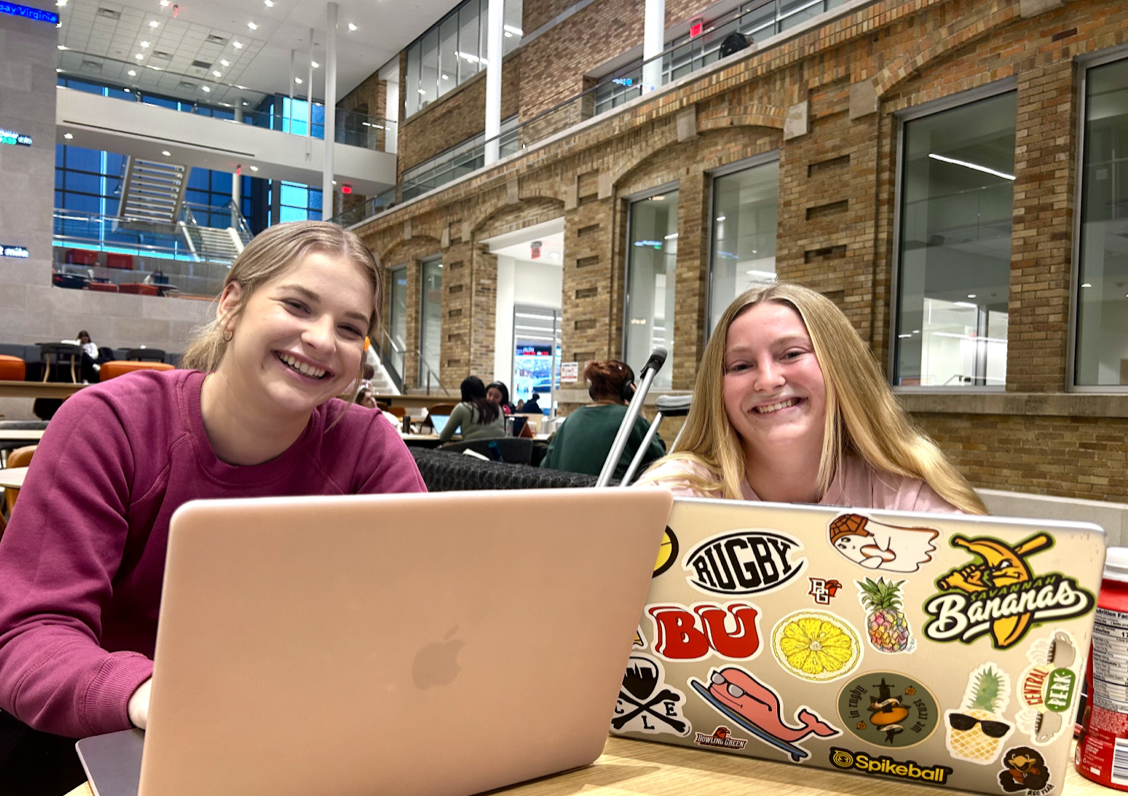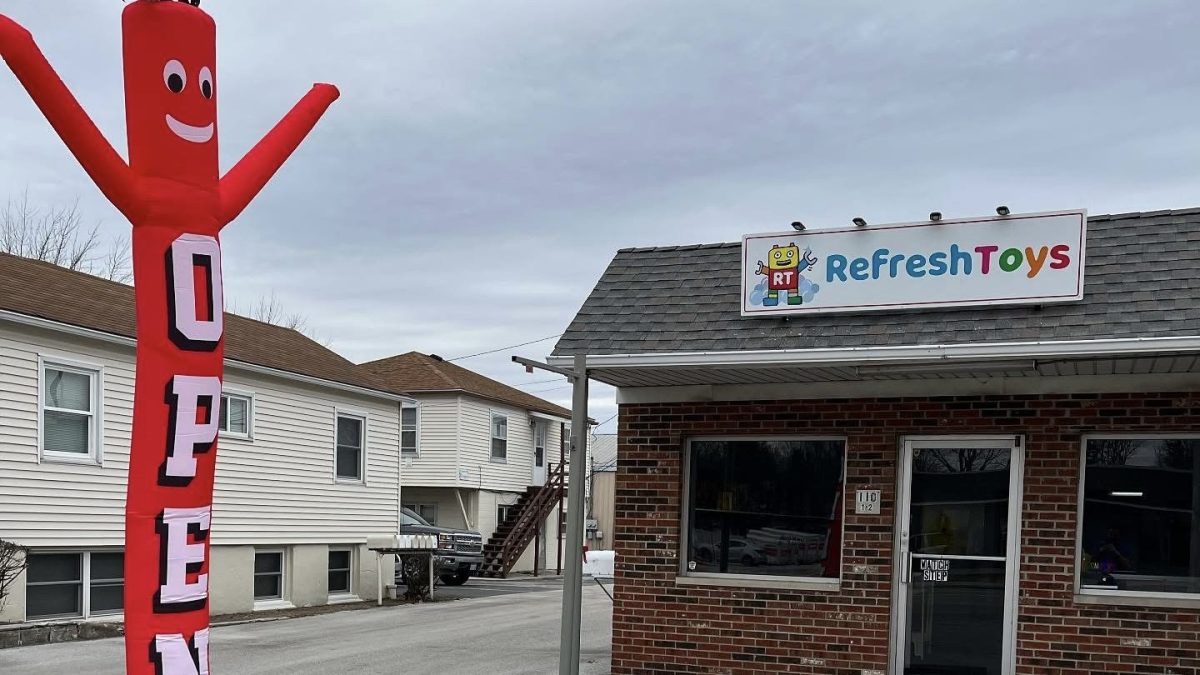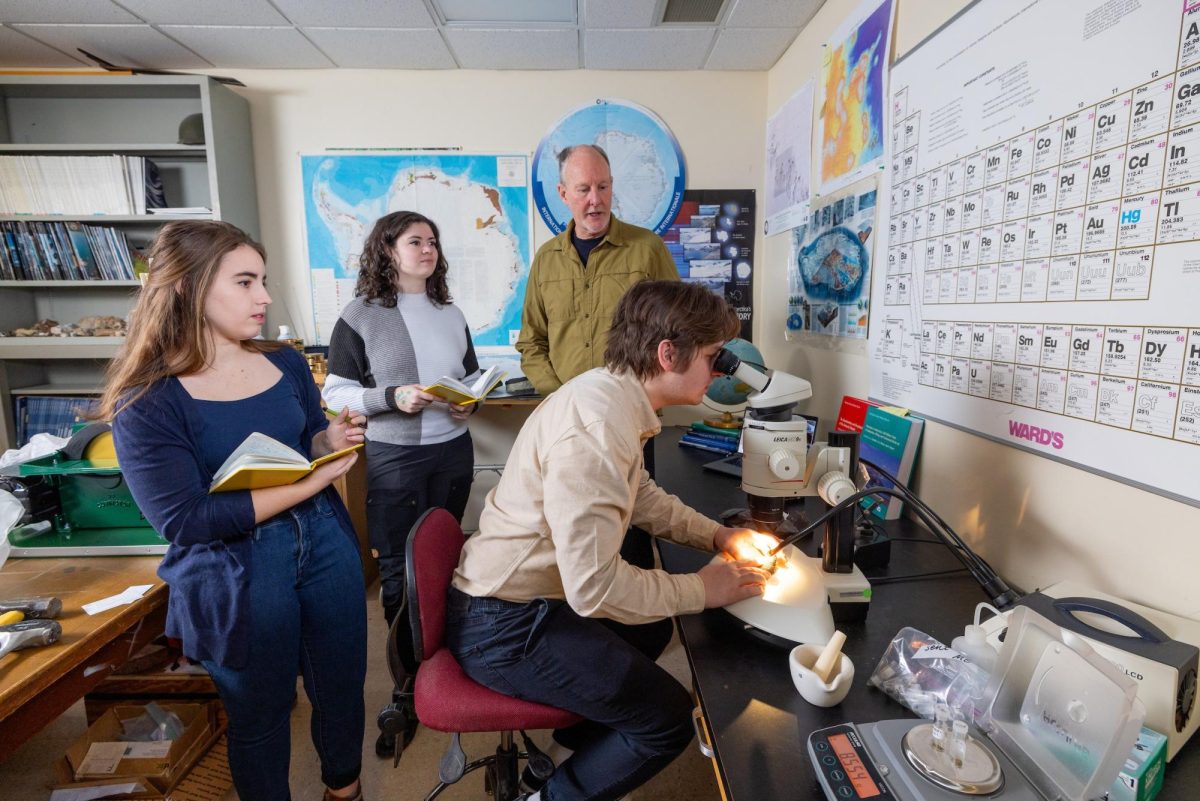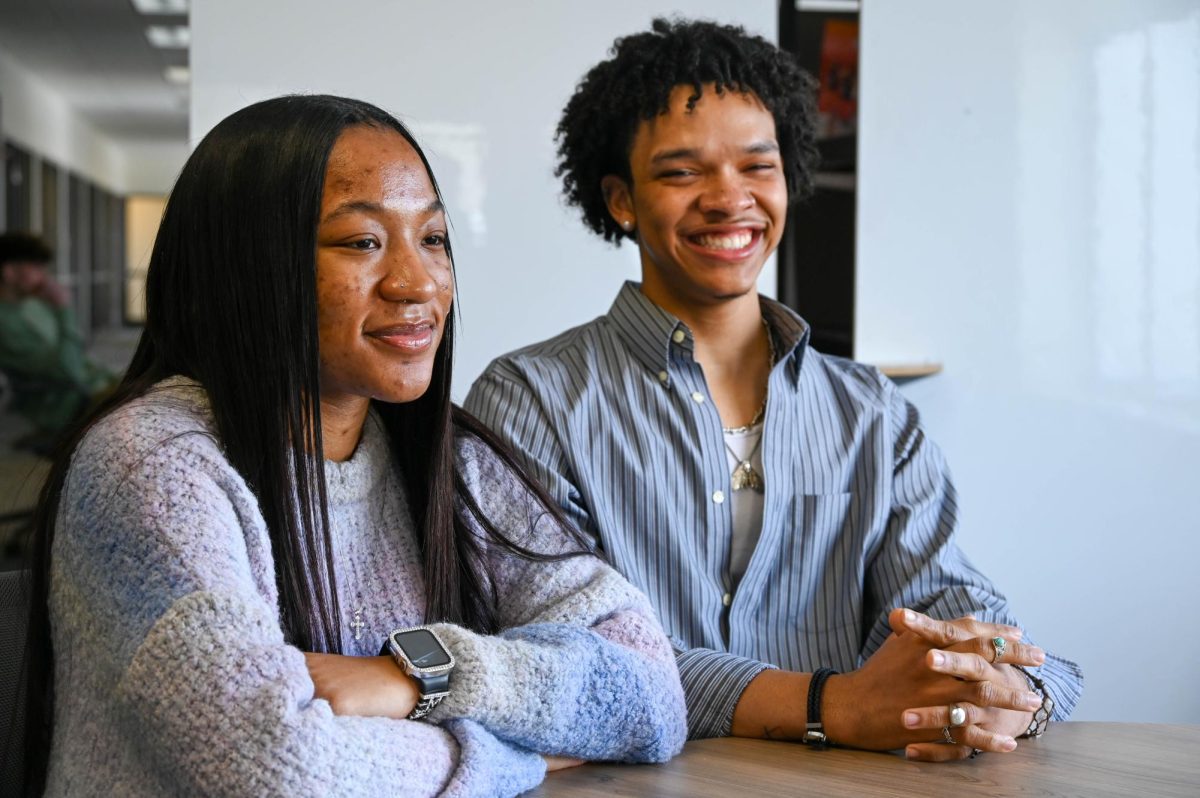The University is currently working on a Climate Action Plan, which will be drafted this fall and make changes to operations in an effort for carbon neutrality.
President Mazey signed the American College and University Presidents’ Climate Commitment in 2012, which promises the University will become carbon neutral. The Climate Action Plan was formed October 2013 to create a plan that ensures the University will be carbon neutral.
While there is no set date for carbon neutrality, Sustainability Coordinator Nick Hennessey said 2035 is a date that has been “kicking around.”
Although 2035 seems far away, some schools are setting dates as far away as 2050, senior Lance Kruse, a sustainability assistant for Hennessey, said.
Hennessey said schools shooting for 2025 are considered “aggressive” in their carbon neutrality efforts.
Several subcommittees are tasked with looking at different sources of emissions that the University produces, which will be tackled in the action plan.
Electricity and power generation take up the “lion’s share” of emissions, Hennessey said. While the University does get its energy from American Municipal Power through coal, it does generate its own heat from natural gas, which is cleaner than coal.
While the University could look to alternative energy such as wind and solar, it could be a more difficult and expensive path.
“[Electricity and power] make up a huge, huge part of our carbon footprint, but at the same time, the options available to us at this point are a little bit limited,” Hennessey said. “It’s fair to say we’re looking at what options are available to us.”
Rather than looking to other sources of energy, Hennessey said doing simple things such as using more energy-efficient light bulbs and turning off lights that are not in use can make a big difference.
He said things such as this can save “boatloads” of electricity and money.
Another large emission is waste. Hennessey said while some may not think of waste as an emission in the traditional sense, it can be just as bad for the environment as burning coal.
“In a classic landfill scenario … you’re sending ton after ton of trash to a landfill that generates methane gas, which is many, many times more potent than any other carbon compound,” he said.
The University generates over 100 thousand pounds of waste every week, Hennessey said, and can increase during demolition and construction. Transportation is another factor being looked at.
“Every day there’s something that’s going on with respect to the University operation that involves transportation that’s contributing to the university’s carbon footprint,” Hennessey said.
He said many faculty and athletes travel around the country and suggested decreasing the number of trips. Locally, he thinks it would be beneficial to encourage residents and students to walk or ride their bikes.
Among these plans to reduce emissions, weaving this idea into the curriculum is also being looked at, Hennessey said. Options such as creating classes and majors about sustainability are being considered.
Charles Onasch, director of the School of Earth, Environment and Society and member of the education and research subcommittee for the action plan, said educating students about these issues and trying to fix them is important and the “morally right thing to do.”
“We’re heading to the edge of the cliff here with global warming,” he said.
Making classes about climate change and sustainability have been considered for graduation requirements, but Onasch said doing such may be a bit “extreme.”
Instead, he said, such classes could be offered as a BG Perspective class.
Many other universities have made climate action plans, and Hennessey said the plans are publically available and are used for inspiration by the University.
“There are a couple climate action plans that look good to us that look like they’re very comparable to what we’re encountering, as such we are using to help us as guides,” he said.
Kruse said while they have looked at other action plans, they “haven’t copied and pasted” from any one plan. He said each university’s situation is different and needs to be considered as such.
The final draft of the action plan is due by January 2015, but Hennessey said it will most likely be completed before that date.
Several University organizations, such as USG and faculty senate, need to make sure everyone agrees on it.
“It’s great that you have a policy, but unless people follow it, it’s just words on a piece of paper,” Kruse said. “So right now we’re working to make sure these decisions are viable and realistic options.”


